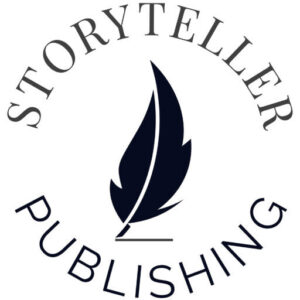Printing
When a book publisher is looking for a printer, they consider a variety of factors to ensure they receive high-quality books that meet their budget and timeline. Here are some key aspects they typically look for:
Quality:
- Print Quality: This is paramount. Publishers need printers who can consistently produce sharp, clear text and images with accurate color reproduction (if applicable). They will look at samples of the printer’s work.
- Binding Quality: The binding needs to be durable and aesthetically pleasing. Different types of binding (e.g., paperback, hardcover, coil) have different requirements, and the printer must be proficient in the desired binding style.
- Paper Quality: The printer must be able to source and work with the specific type and weight of paper the publisher requires for the book, ensuring it feels and looks right for the genre and price point.
- Finishing: This includes elements like cover lamination (glossy, matte), foil stamping, embossing, dust jackets, and any other special finishes that enhance the book’s appearance and durability.
Cost:
- Competitive Pricing: Publishers operate on tight margins and need to find printers who offer competitive pricing for the required print run. They will typically solicit bids from multiple printers.
- Transparency: Clear and transparent pricing with no hidden fees is crucial.
Reliability and Turnaround Time:
- Timely Delivery: Publishers have strict publication schedules and need a printer who can consistently deliver books on time. Delays can have significant financial and marketing implications.
- Meeting Deadlines: The printer should demonstrate a track record of meeting agreed-upon deadlines for proofs and the final print run.
- Communication: Good communication and responsiveness from the printer are essential for a smooth production process.
Capabilities and Technology:
- Equipment: The printer needs to have the right equipment and technology to handle the specific requirements of the book, including the size, page count, color requirements, and binding style.
- Scalability: Depending on the publisher’s needs, the printer should be able to handle both short and large print runs efficiently.
- Ebook Conversion (Sometimes): Some printers also offer ebook conversion services, which can be a convenient option for publishers.
Customer Service and Support:
- Experience: Publishers often prefer to work with experienced printers who understand the nuances of book production.
- Problem-Solving: The printer should be proactive in identifying and resolving any potential issues that may arise during the printing process.
- Flexibility: A willingness to accommodate the publisher’s specific needs and requests is valued.
Sustainability (Increasingly Important):
- Environmentally Friendly Practices: Publishers are increasingly looking for printers who use sustainable printing practices, such as using recycled paper, vegetable-based inks, and minimizing waste.
- Certifications: Printers with relevant environmental certifications (e.g., FSC certification) may be preferred.
Location (Sometimes):
- Shipping Costs and Time: While not always the deciding factor, the printer’s location can impact shipping costs and delivery times, especially for smaller publishers.
Are you an aspiring author?
Regardless of your genre or fiction/non-fiction affiliation we are here to make your words be heard!
